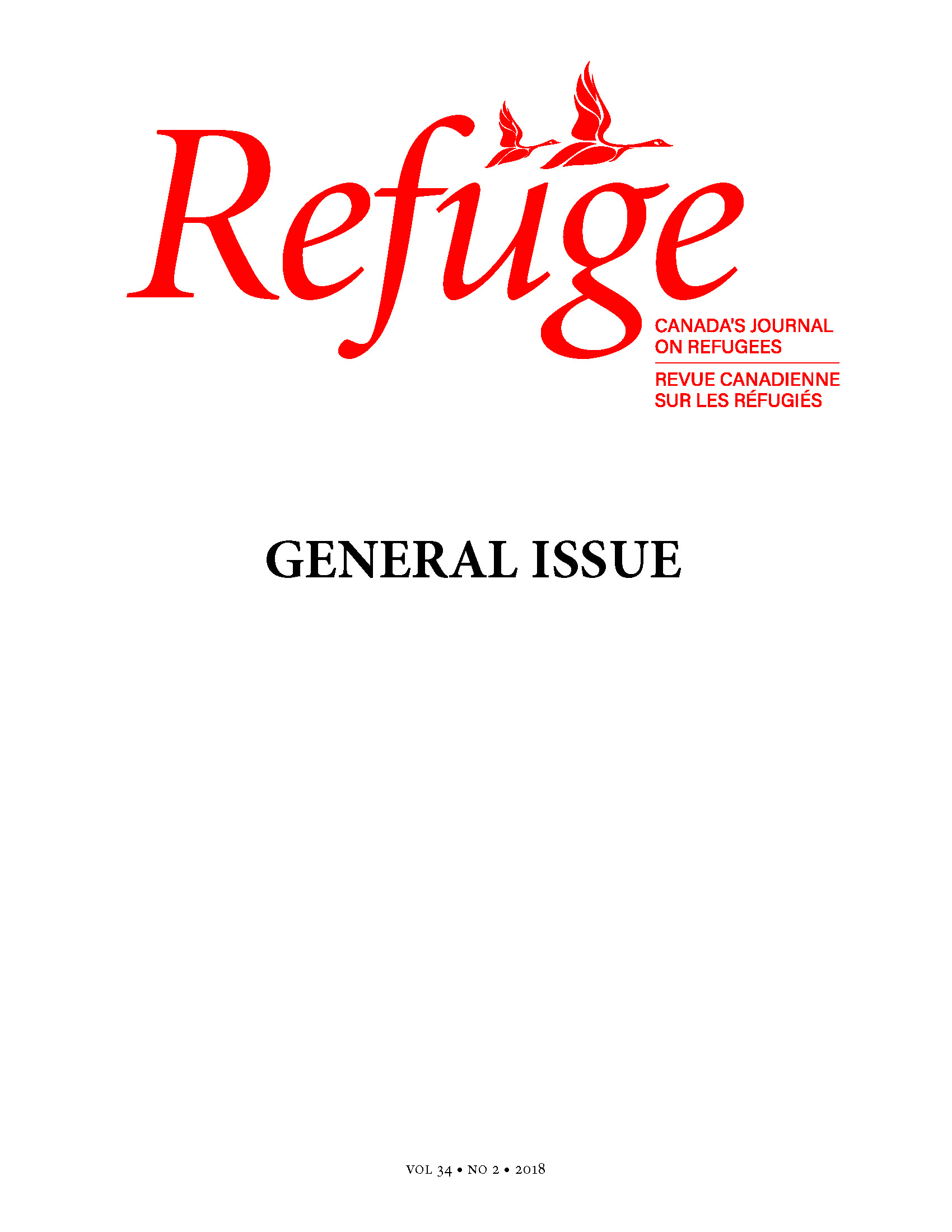Temporary Protection Regimes and Refugees: What Works? Comparing the Kuwaiti, Bosnian, and Syrian Refugee Protection Regimes
DOI:
https://doi.org/10.7202/1055578arKeywords:
Kuwaiti refugees, Bosnian refugees, Syrian refugees, 1951 Refugee Convention, law, refugee law, forced migration, temporary protection, protection regime, repatriationAbstract
Many states have responded to mass influxes of refugees fleeing generalized violence and war by setting up ad hoc and/or temporary protection regimes. These regimes have had various degrees of success, depending particularly on the length of stay of the refugees. This article will compare the approach of states to three separate refugee influxes—Kuwaiti refugees in the Gulf, Bosnian refugees in Germany, and Syrian refugees in Turkey—and will argue that efforts to harmonize temporary protection measures are desirable, but given that these situations tend to be prolonged, there must be greater responsibility sharing between states, in order to lead to greater integration of refugees in the host states.
Metrics
Downloads
Published
How to Cite
Issue
Section
License
Copyright (c) 2018 Jinan Bastaki

This work is licensed under a Creative Commons Attribution-NonCommercial 4.0 International License.
Refuge authors retain the copyright over their work, and license it to the general public under the Creative Commons Attribution-Non Commercial License International (CC BY-NC 4.0). This license allows for non-commercial use, reproduction and adaption of the material in any medium or format, with proper attribution. For general information on Creative Commons licences, visit the Creative Commons site. For the CC BY-NC 4.0 license, review the human readable summary.








